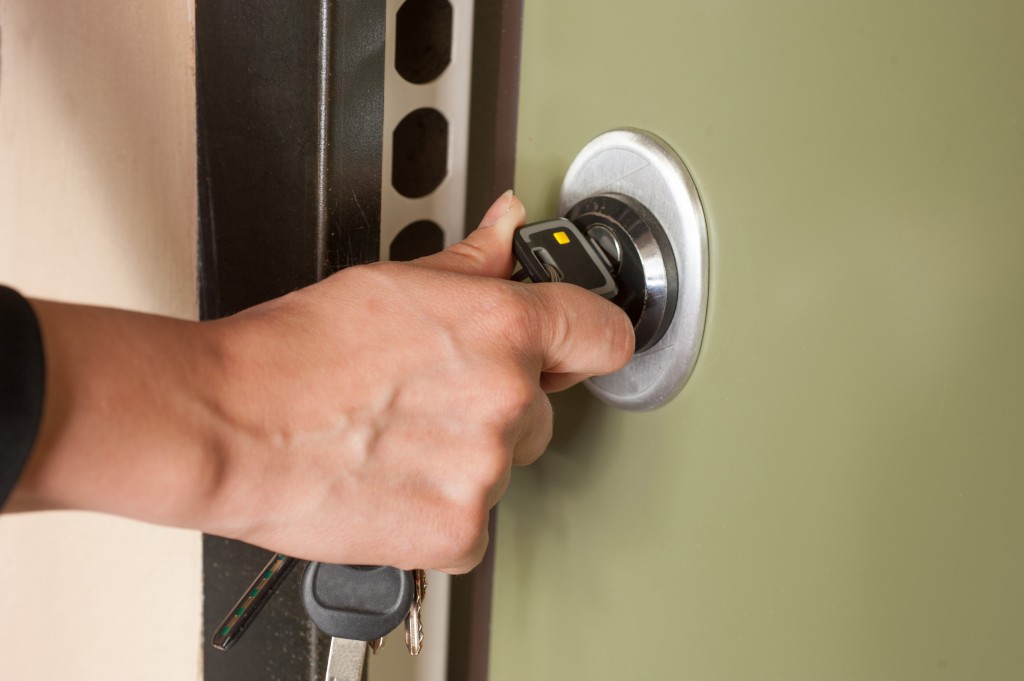Proper Notice of Entry
This is the time of year when landlords assess their building maintenance and any repairs that might be necessary after the winter. Whether your rental unit is in a multi-unit residential building or a single-family dwelling, a key aspect of this assessment is inspecting inside your rental units.
Landlords are able to enter a tenant’s rental unit up to once a month for regular inspections. While we do not recommend inspecting your rental units this frequently, we do recommend inspecting at least twice a year. Your municipality or insurance may have its own bylaws or stipulations requiring a certain number of inspections per year so it is important to be informed of any rules that may apply to your rental unit.
In most tenancies, it is fairly simple to set up an inspection. A phone call or email to the tenant requesting entry along with a response from the tenant providing consent is enough to legally enter a tenant’s rental unit. However, there are situations where this is not an option. This could be because the tenant is not responsive to your calls or emails or perhaps there are too many tenants to effectively manage this kind of communication. In any event if you intend to enter a rental unit and do not have the tenants consent you must serve a Notice of Entry.

The Residential Tenancy Act states that landlords must give at least 24 hours notice before entering a rental unit unless there is an emergency and/or the landlord has the tenants consent. This notice must be in writing and include the following:
- the purpose for entering, which must be reasonable [a routine inspection is a reasonable purpose];
- the date and the time of the entry, which must be between 8 a.m. and 9 p.m. unless the tenant otherwise agrees
A notice of entry must be served at least 24 hours in advance but cannot be served more than 30 days before the effective date. Another point that can cause confusion is the method of service. Any notice required by the Act must be serviced in an approved form. Approved service options include;
- by leaving a copy with the person;
- if the person is a landlord, by leaving a copy with an agent of the landlord;
- by sending a copy by ordinary mail or registered mail to the address at which the person resides or, if the person is a landlord, to the address at which the person carries on business as a landlord;
- if the person is a tenant, by sending a copy by ordinary mail or registered mail to a forwarding address provided by the tenant;
- leaving a copy at the person’s residence with an adult who apparently resides with the person;
- leaving a copy in a mail box or mail slot for the address at which the person resides or, if the person is a landlord, for the address at which the person carries on business as a landlord;
- attaching a copy to a door or other conspicuous place at the address at which the person resides or, if the person is a landlord, at the address at which the person carries on business as a landlord;
Serving a Notice of Entry using any method that is not approved by the Residential Tenancy Act could result in your notice not being considered effective. It is also important you take into account any delay your chosen method of service may have associated with it. Serving a notice directly to the tenant or to an adult occupant is considered served immediately while posting notice on the tenant’s door or placing a notice in the tenant’s mailbox would result in a delay of 3 days. Serving by registered mail or regular mail both have delays of 5 days.
These delays can be tricky to deal but adherence to the Residential Tenancy Act is crucial when entering a tenant’s unit. Failure to give appropriate notice can result in inadvertent breaches of the Residential Tenancy Act on the landlord’s part which spell disaster in regards to both tenant relations and in rare circumstances, restrictions placed on the landlord’s right to enter the rental unit.
Learn more about serving notice, and much more by enrolling in the Landlord Registry™ e-learning course. LandlordBC also provides a Notice of Entry to our members which is available in the members only section of our website.
